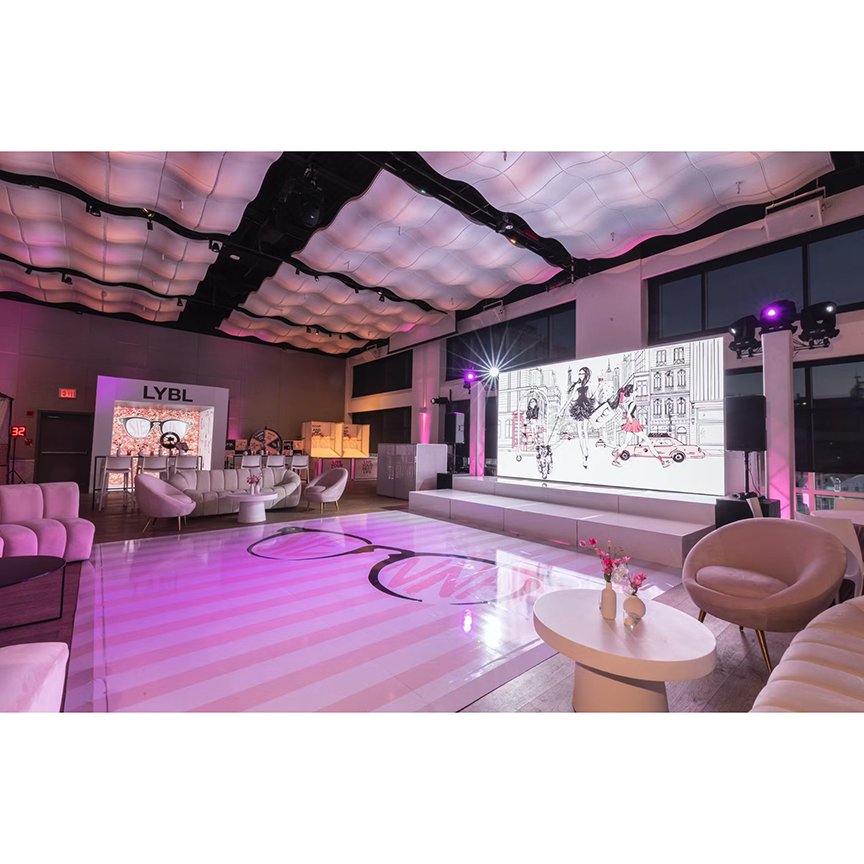When planning an event with a dance floor, ensuring the safety of all participants is essential. A enjoyable and secure dance floor experience can enhance the overall enjoyment of the event. To achieve this, event organizers should implement essential safety protocols that address various aspects of the dance environment. These guidelines not only protect guests but also foster a friendly atmosphere where everyone can feel comfortable and have a good time.
One of the primary safety factors is the physical space of the dance floor. It is crucial to make sure that the space is sufficiently sized enough to hold the expected number of guests. A packed dance floor can lead to incidents, such as tumbles or crashes. Planners should also inspect the flooring type to ensure it is suitable for dancing. Smooth surfaces, such as hardwood or laminate, are preferred, while rug can pose slipping hazards. Additionally, keeping the dance area free of obstacles, such as chairs or tables, will help avoid injuries and facilitate for a more pleasant experience.
Illumination plays a significant role in establishing a secure dance floor setting. Proper illumination not only sets the atmosphere for the event but also helps guests move through the space safely. Low lighting can make it difficult for dancers to perceive their surroundings, increasing the chance of accidents. Therefore, organizers should use a mix of background and focused lighting to light up the dance floor adequately. Exit signs should also be easily visible, and planners should ensure that the lighting is modifiable to accommodate different types of music and dance genres.
Another important aspect of security on the dance floor is crowd management. Occasion staff should be trained to oversee the dance area and make sure that guests are acting appropriately. This includes tackling any instances of overcrowding click to read or unacceptable behavior that could lead to issues. Additionally, having a specific area for guests to take breaks can help minimize fatigue and avoid accidents. Offering water dispensers nearby can also encourage hydration, which is vital for maintaining energy levels during dancing.

Finally, it is essential to share safety protocols to all participants. Before the occasion begins, planners should inform guests about the regulations and guidelines for the dance floor. This can include reminders to be mindful of their environment, respect personal boundaries, and limit excessive alcohol consumption. Providing clear guidelines can help create a culture of security and responsibility among guests. By fostering an atmosphere where all is aware of safety practices, occasion organizers can ensure that the dance floor remains a enjoyable and secure space for all participants.
Comments on “Essential Safety Guidelines to Guarantee a Fun and Secure Dance Floor Party at Events”